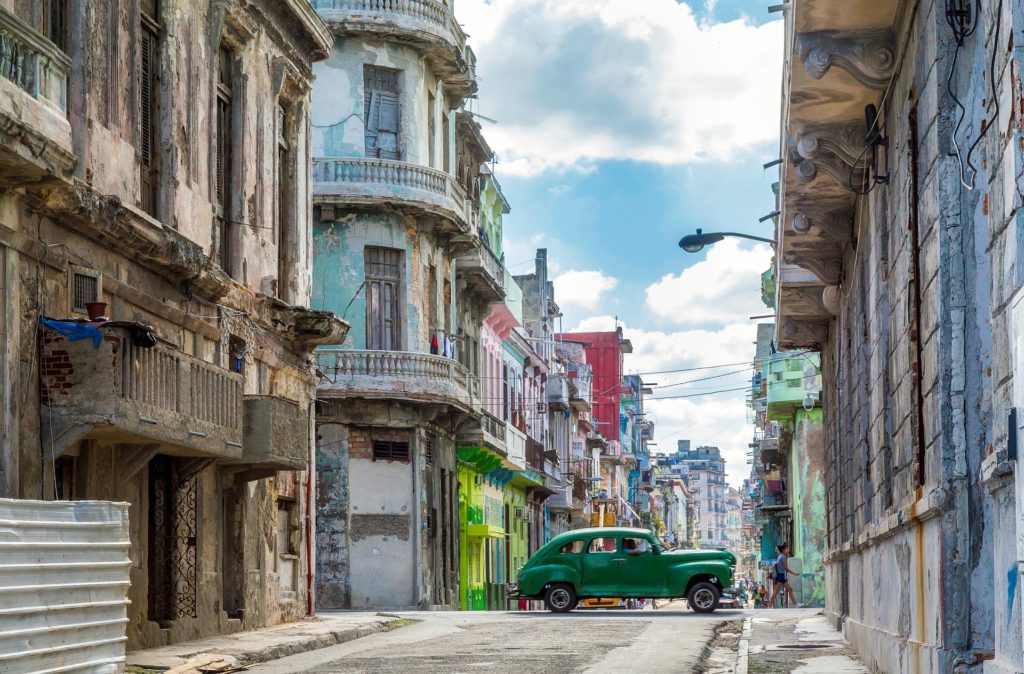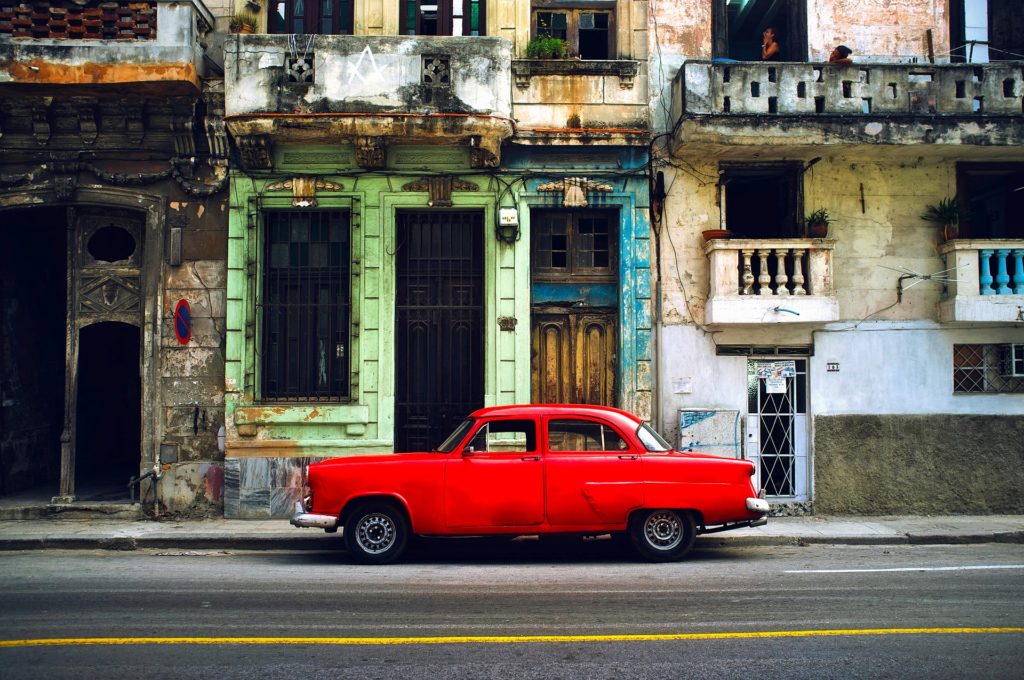It has been 60 years since the Cuban revolution, and much like ever before, the country continues to polarize. One of the highest literacy rates in the world, free education and healthcare are seen as exemplary by many. On the other hand, though, Amnesty International and other human rights organizations are reiterating their calls for democracy, and repeatedly uncover grave human rights violations.
It cannot be denied that socialist Cuba is a dictatorship, it cannot be denied that there are close to no political and severely restricted civil freedoms, but neither can it be denied that under the Castro brothers’ regime, especially under Fidel Castro’s rule, Cuba has made incredible advances in providing basic services to their people.
The centerpiece of this system of legitimization is the free education, which has shown unquestionable success. UNICEF, the United Nations’ Children’s Fund, reports a 100% literacy rate. This means that Cuba is ahead of all other countries in the region and is very impressive, as it is comparable to European countries such as Luxembourg; a country that is consistently within the top ten of the world for GDP per capita.
Cuba also has the world’s second-highest doctor to population ratio and provides free healthcare to its citizens despite the difficulties that the sanctions put on this sector (there are commonly shortages of medicine and equipment in the country’s hospitals). Cuba has so many doctors that they “export” them to other latin American countries, and they also sent the largest contingent of any country to help combat the Ebola crisis in western Africa. 450 Cuban doctors and specialists were dispatched to the region.
The Cuban government relies heavily on their historical advances in education and healthcare – it is through these successes that the oppressive regime is able to maintain its grip of the people, and it is because of these services that there isn’t a higher amount of dissent and that there hasn’t, yet, been a revolution to overthrow the Castros. The Cuban government was well aware of this even in the early days of the revolution. Most of the progress on the healthcare and educational system was made only a few years after Castro seized power, with one example being the Campaign for Increasing Literacy which begun in 1961, just two years after the end of the revolution. Today, an impressive 11.1% of the socialist island’s GDP is spent on the health sector, which is comparable to New Zealand (11%) and way ahead of many western countries, such as the Czech Republic (7.4%)

However not all things in Cuba are as positive as the above description may imply. For one, the embargo continues to put a serious strain on the country’s economy and supply of much needed imports from the outside. Many pharmacies have few drugs to give out, and the hospitals, though they are free, often do not have the necessary drugs or specialized equipment needed to treat patients sufficiently. A lot of the technology found in Cuban hospitals is from the 50s. Havana’s old timers, though a big tourist attraction, show the overall state of the country – due to the embargoes imposed on the island, much of the country seems like it is stuck in time in the past middle of the past century.
And though the government relies a lot on the legitimacy it receives for providing social services to their citizens, it also heavily relies on repression of dissent, opposition, and political freedoms. The government’s tactics have continuously been the subject of concern to human rights organizations such as Amnesty International. The non-governmental “Cuban Commission for Human Rights and National Reconciliation”, which the Cuban government sees as an illegal organization, reported 7,900 arbitrary detentions between January and August of 2016. The Committee to Protect Journalists ranked Cuba the 10th most censored country in the world, much like the Reporters Without Borders (RSF), which classified Cuba as being the 8th lowest country in regards to press freedom, comparable to countries such as Djibouti and Uzbekistan.
Amnesty International reports that just hours before US president at the time Barack Obama landed for his historic visit to Havana in 2016, countless independent journalists were detained by Cuban authorities. Official news outlets continue to be very dominant – but also very restricted and censored – and though an increasing number of independent, digital publications has started to show up, they operate within very tight restrictions, often face legal limbo and journalists continue to be the subject of arbitrary detentions, and harassment. Many of these sites are also inaccessible on the Cuban internet.
Internet access in Cuba is very limited anyway; the island is often described as one of the least connected places, however public WiFi hotspots have become increasingly common over the past few years. The government, however, maintains close control over what web pages can be visited.

Overall, there has been a shift in the way Cuban authorities have dealt with opposition over the past few years, reports Human Rights Watch. The idea of long-term imprisonment has been more and more replaced with arbitrary, short-term detentions, but acts of public shaming and the arbitrary termination of employment (this is very easy as the vast majority of workplaces are within government-run companies) continue to be methods that are very much favored by the Cuban government. The shift away from long-term imprisonment has resulted in a dramatic spike in the number of short-term arrests of human rights defenders and independent journalists in the last couple of years.
Detentions were also used by the authorities in a preemptive manner to prevent people from being able to take part in protests or meetings discussing political topics. Human Rights Watch reports that “Detainees are often beaten, threatened, and held incommunicado for hours or days”.
One group that is especially targeted, aside from general human rights activists and independent journalists, are the “Damas de Blanco”, the Ladies in White, which are the wives and female relatives of jailed dissidents. Like all national human rights organizations, the “Damas de Blanco” are not officially recognized by the government and are hence deemed an “illegal organization”.
In 2013, a law was passed that enabled people to leave Cuba without needing an exit visa. However, though this is an improvement, travel can still be restricted for reasons of “defense and national security” and “other reasons of public interest”. Further, a law passed in 1997 restricts the movement of citizens within the country, and this so-called “decree 217”, though designed to limit migration to Havana, is still used today to harass oppositionals.
The Cuban prisons are overloaded, and prisoners are required to work 12 hours a day and further face punishment if they do not meet production quotas. Human Rights Watch reports that: “Those who criticize the government or engage in hunger strikes and other forms of protest are often subjected to extended solitary confinement, beatings, restrictions on family visits, and denied medical care.”
The situation in Cuba very much remains a double-edged sword to this day. The Castro Brothers’ government continues to rule the country with an iron fist, crushing all dissent and harassing oppositionals. At the same time, however, Cubans enjoy free healthcare, free education and the second highest number of doctors per capita in the world. While some see the caribbean island as a role model and example for other countries to follow, critics cite – and certainly rightly so – the government’s ongoing human rights abuses. In the end, it will be up to history to decide what view will prevail.
SOURCES:
- Reporters Without Borders
- Amnesty International
- Comisión Cubana de Derechos Humanos y Reconciliación Nacional
- The Guardian
- Freedom House
- CIA World Factbook
- World Bank
- American journal of public health
- BBC
- United Nations Statistics Division


